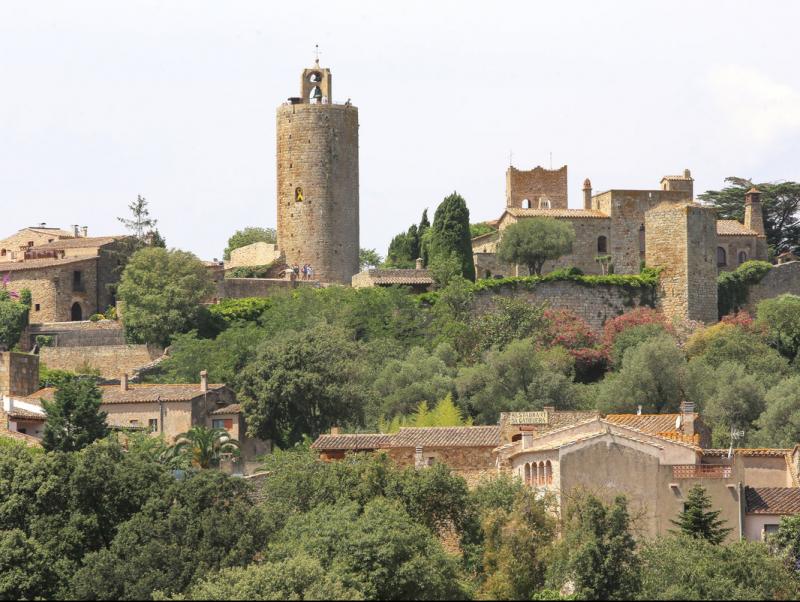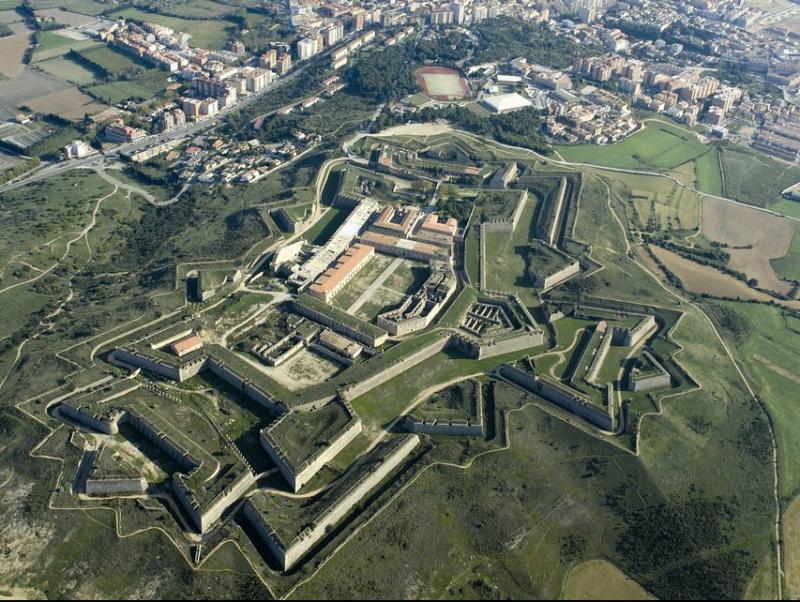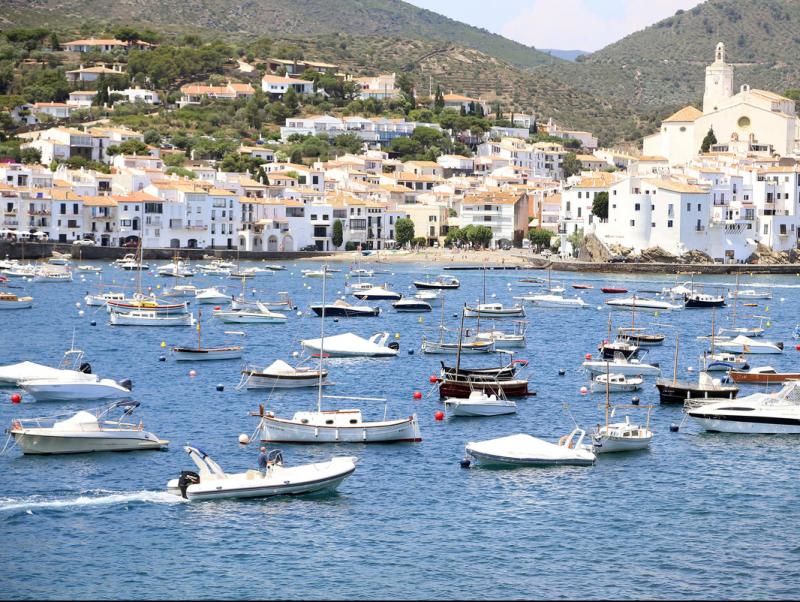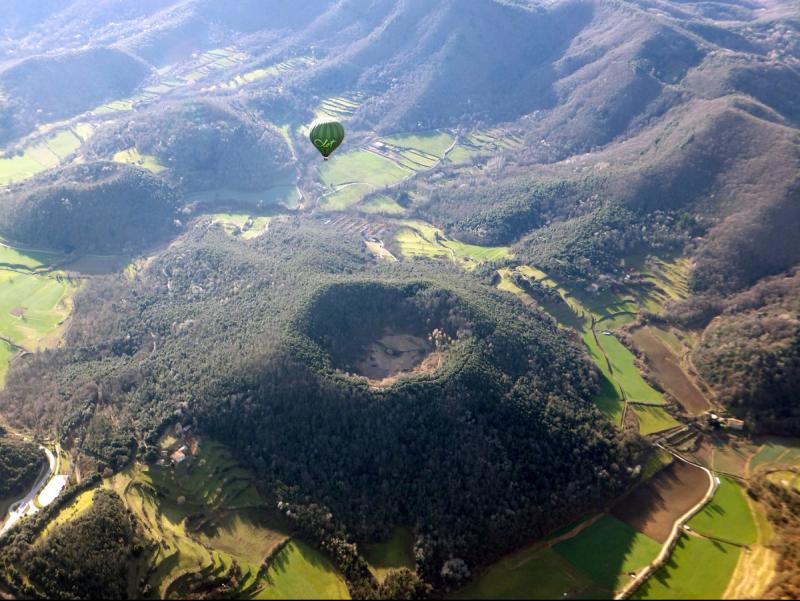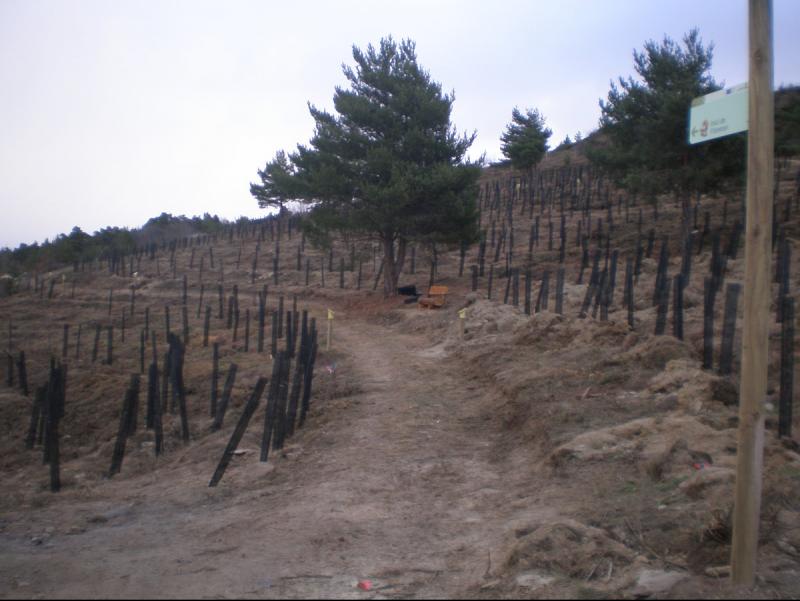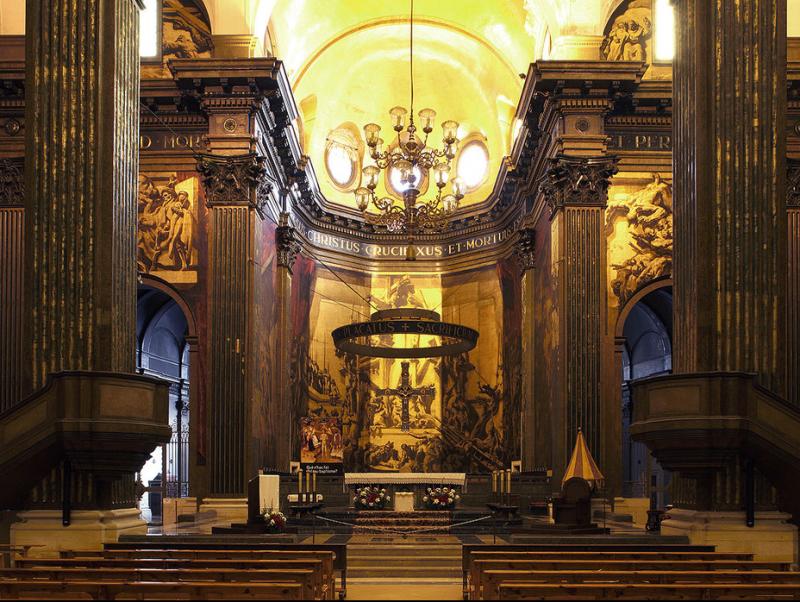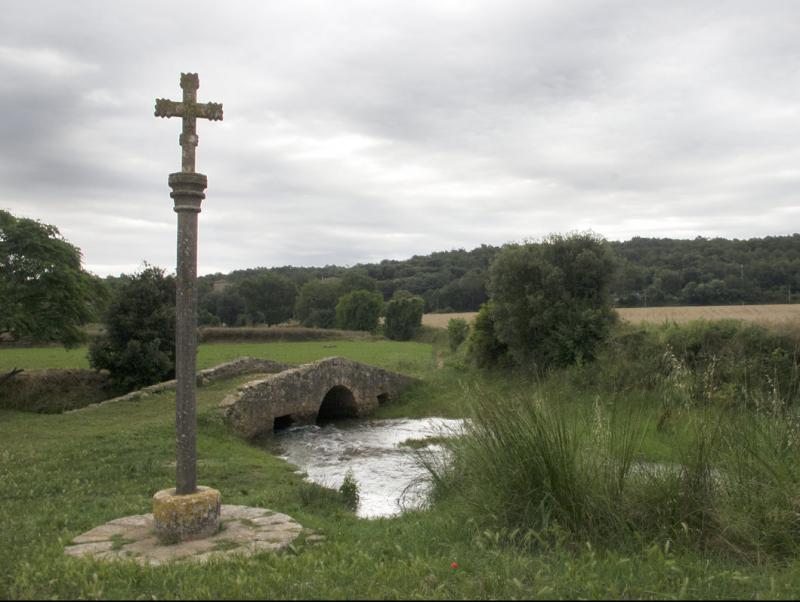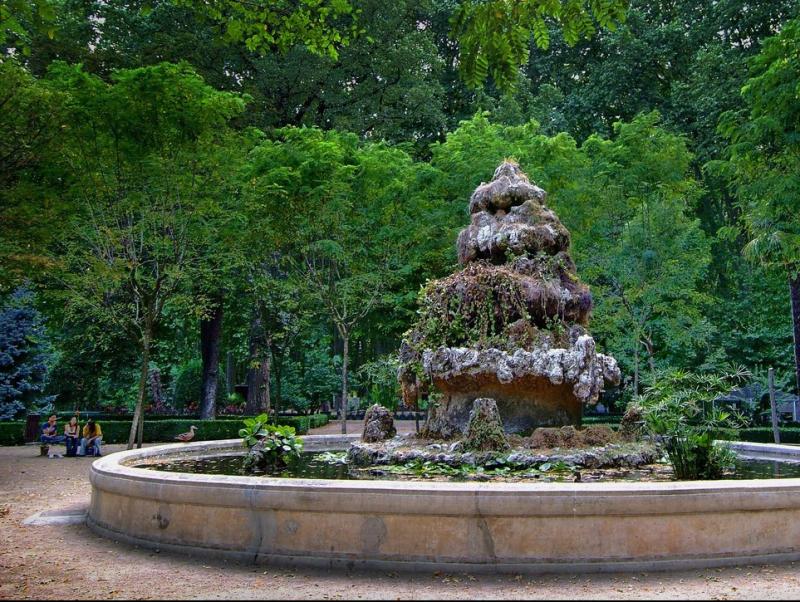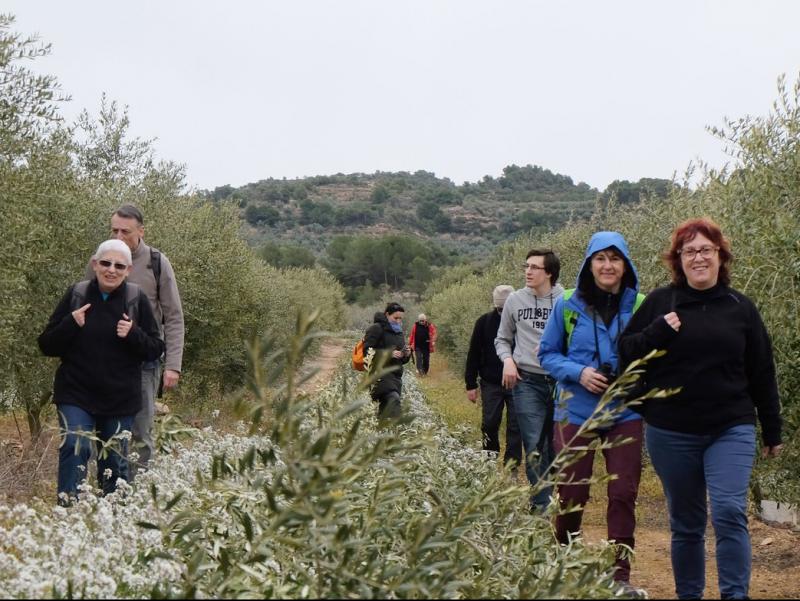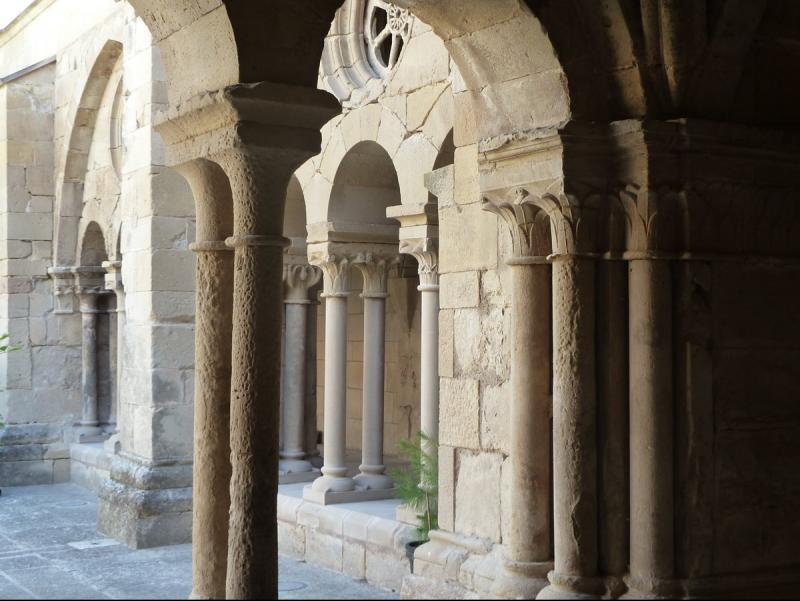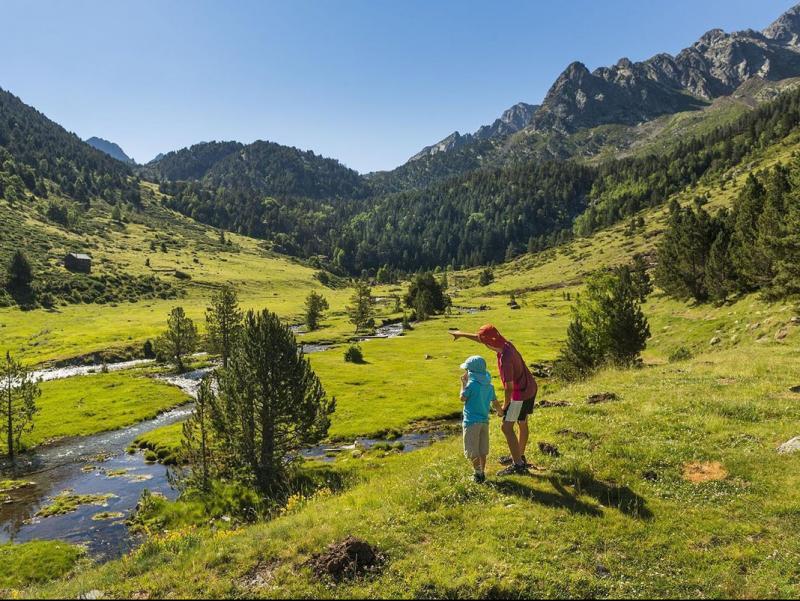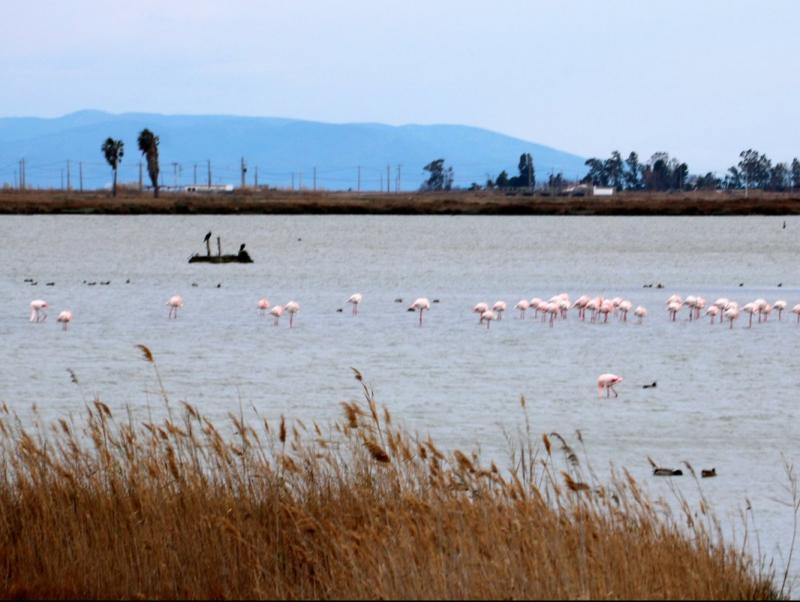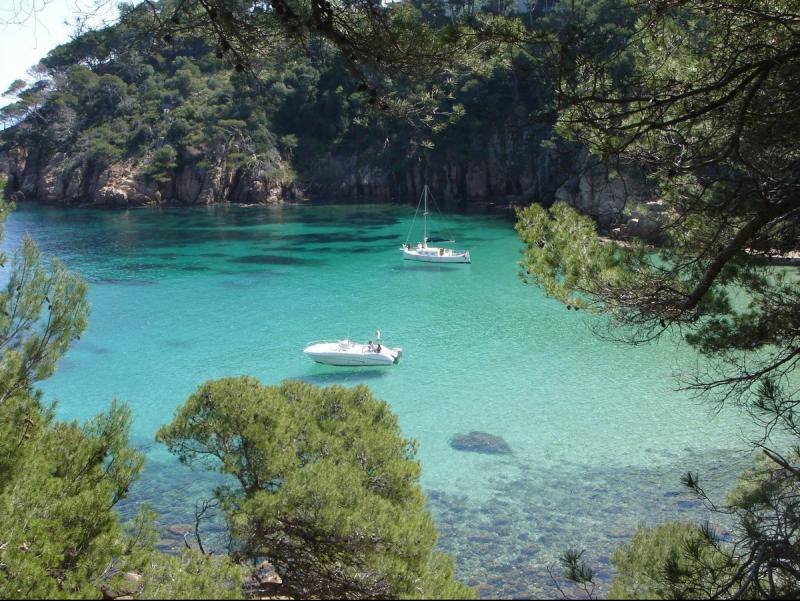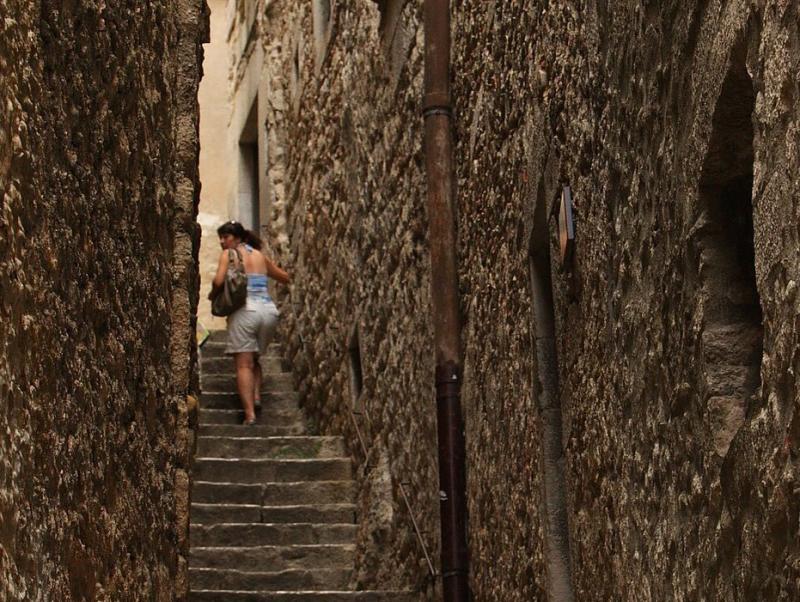Remembering the route of the old railroad
The Iron and Coal Route consists of 12 kilometres of paved-over former railway that allows cyclists to discover more about the history of Ripollès
Ideal for families on bikes or on foot, the Iron and Coal Route (Ruta del Ferro i del Carbó) pays homage to the industrial past of Baix Ripollès by following the route of the train that once transported coal from the Ogassa mines to Ripoll, passing by Sant Joan de les Abadesses. That makes it a good option for discovering more about the history of Ripollès, while at the same time enjoying a flat and fairly easy path that is accompanied throughout by the headwaters of the River Ter. The route also goes through a tunnel and crosses three bridges, and is surrounded by green meadows, forests, farmhouses and cottages.
The route covers about 12 kilometres of paved pathway with a low gradient that makes it suitable for just about anyone. It leaves Ripoll from the Can Guetes car park where the CAT (Tourist Reception Centre) and the Greenway Interpretation Center are located, and where bicycles can be rented. The path is continuous with good signposting as well as warnings when it intersects with a road or when the surface becomes cobbled. Halfway along, a good place to make a stop is the Pantà de Cal Gat, one of the more diverse wet areas in Ripollès. You will eventually reach the Parc de l’Estació, in Sant Joan de les Abadesses, a large open space with a playground, football field, picnic tables and the Alberg Ruta del Ferro hostel (which also has bicycles for hire, among providing other services, in case you would prefer to do the route in reverse). The hostel is also the starting point for many other excursions, such as those leading to the Gorg de Malatsoca (10 minutes on foot) or the Taga peak (2,040 m).
If you want to keep going, you can follow the path to Ogassa. It is about another four kilometres, although it should be noted that this section is a little steeper than the others. The effort is well rewarded, with fine views of the green wooded landscape of the local area, where the peaks known as the Balcó del Ripollès are also located. It also offers visitors the chance to visit some of the mines that once helped supply the industrial development of Catalonia from the end of the 18th to the first half of the 20th centuries (consult the schedules for the different eras covered on the website: webspobles2.ddgi.cat/ogassa).
Alternatively, you could take the opportunity to go and visit the centre of Sant Joan de les Abadesses, the town’s monastery and the interpretation centre devoted to the Myth of Count Arnau, or just take a walk through the old town and admire the medieval bridge. Visits to Ripoll’s Romanesque monastery of Santa Maria with its spectacular gateway and the Ethnographic Museum are also recommended. The latter shows the traditional way of life of the farmers and ranchers of the past (consult the schedules of all sites mentioned).
A stop at the Scriptorium
The Scriptorium of Ripoll’s Ethnographic Museum is a permanent exhibition that takes an interactive and educational approach to reveal the cultural past of the local population and the importance that the Monastery of Santa Maria in Ripoll had from the 10th to 12th centuries in producing and copying some of Europe’s most important manuscripts. In addition, visitors to the Scriptorium can also learn how parchment was made and how to write with a quill (www.museuderipoll.org).


